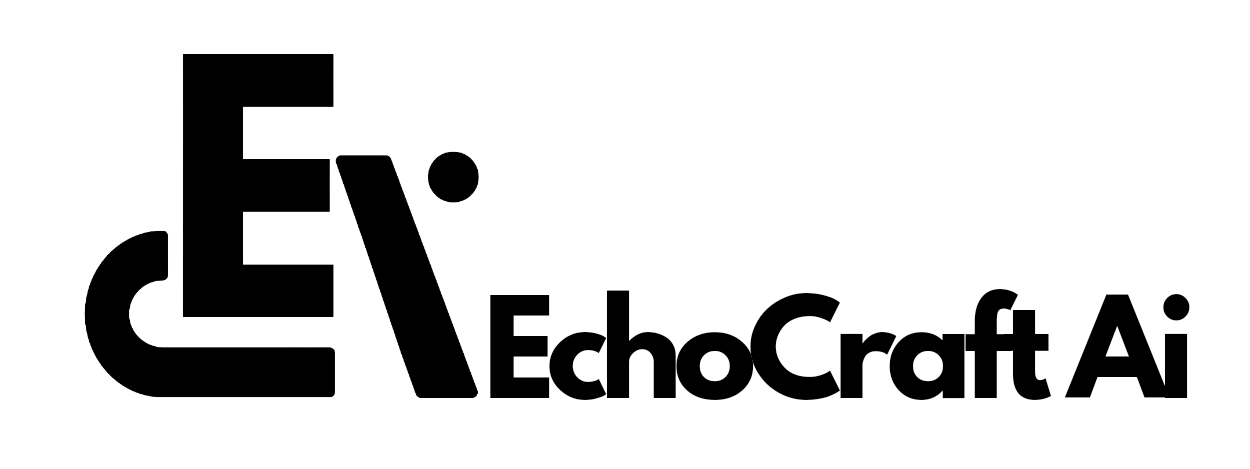OpenAI has introduced the o3 series of AI models, including the o3 and o3-mini, marking an advancement over their predecessors, the o1 models.
These new models are designed to handle more complex tasks that require advanced reasoning, particularly in areas such as coding, mathematics, and natural language processing.
Along with the announcement, OpenAI revealed an exclusive offer for paid subscribers, providing them with unlimited access to Sora, OpenAI’s video creation tool, throughout the festive season.
The o3 Series
The o3 models are positioned as next-generation AI systems capable of tackling intricate tasks that were previously challenging for earlier models.
OpenAI highlighted that the o3 series excels in areas like coding, mathematical problem-solving, and natural language processing.
While some aspects of their full capabilities are still undisclosed, OpenAI emphasized the importance of public safety testing and early access for select external researchers.
The o3 models are still undergoing testing, with limited access provided to a group of researchers who will assess potential risks before the models are released to the public. Those interested in participating in this safety testing have until January 10 to apply.
Benchmark Results
OpenAI shared the initial benchmark results of the o3 models, showcasing their exceptional performance.
The o3 model achieved a score of 71.7% on the SWE-bench benchmark and an impressive 96.7% on the AIME 2024 benchmark, far surpassing the earlier o1 models. These early results highlight significant improvements in complex reasoning tasks.
OpenAI noted that these results only provide a glimpse of the model’s true potential, as full evaluations will take place once the models are publicly available. The smaller o3-mini model is expected to be released by January 2025.
o3 Models and AGI
CEO Sam Altman sparked discussions by suggesting that the o3 models, under specific conditions, may be approaching Artificial General Intelligence (AGI).
AGI is an AI system capable of performing any intellectual task a human can do. While OpenAI has been careful to temper these claims, emphasizing that further testing is needed, the results so far are encouraging.
The o3 model scored an impressive 87.5% on the ARC-AGI benchmark, a test designed to measure AI’s ability to acquire new skills outside its training data.
Despite these advancements, critics point out that o3 still struggles with simple tasks, indicating that AGI remains a distant goal.
Why ‘o3’ and Not ‘o2’?
An intriguing detail behind the naming of the o3 series is OpenAI’s decision to skip ‘o2’ in favor of ‘o3’. This choice was influenced by trademark conflicts with O2, a British telecom company, a point confirmed by Altman in a livestream.
Reasoning Capabilities of o3
The o3 models introduce a unique “deliberative alignment” feature, designed to enhance reasoning. This feature allows the model to pause and consider multiple related prompts before generating a response.
The result is a more deliberate and reliable decision-making process, especially in complex fields like mathematics and science.
Users can also adjust the reasoning time to optimize performance, although this step does not completely eliminate errors and hallucinations.
o3 Performance Benchmarks
The o3 model has set new standards in benchmark tests:
- SWE-Bench: Outperformed its predecessor by 22.8 percentage points in programming tasks.
- Codeforces: With a rating of 2727, o3 ranks among the top 0.8% of coders globally.
- AIME 2024: Scored 96.7%, missing only one question on the prestigious mathematics exam.
- EpochAI’s Frontier Math Benchmark: Set a new record by solving 25.2% of problems, outperforming all other models.
These results underline o3’s superior performance, particularly in tasks requiring deep reasoning.
Challenges with Reasoning Models
Despite the breakthroughs, reasoning models like o3 face substantial challenges. The computational demands are immense, resulting in high costs, particularly for benchmarks like ARC-AGI.
While the o3 model excels in some areas, it still falters on basic tasks, raising questions about the model’s true reasoning ability.
AI experts, including François Chollet, have warned that we might be reaching a plateau in the effectiveness of scaling models.
The true test for o3 and similar models will be their long-term adaptability and performance.
The Competitive Landscape
The release of the o3 models places OpenAI in direct competition with other companies like Google, DeepSeek, and Alibaba, who have also launched their reasoning models.
The high computational costs associated with these models may limit their viability in the long run, especially when compared to alternative approaches.
Deliberative Alignment and Safety
One of o3’s standout features is the “deliberative alignment” technique, which aims to ensure that the model’s behavior aligns with OpenAI’s safety principles.
This technique is designed to reduce the risks of harmful or deceptive behavior, a challenge faced by earlier models like o1.
The effectiveness of this alignment will be closely monitored as the models are tested in real-world scenarios.
What’s Next for OpenAI?
As OpenAI prepares for the public release of the o3 and o3-mini models, its focus will remain on refining their safety and usability. The o3-mini is expected to be available by January 2025, and further advancements in AI will likely follow as OpenAI continues its work towards AGI.
OpenAI has partnered with the ARC-AGI foundation to develop the next generation of AI benchmarks, which will provide more accurate evaluations of AI models in real-world applications.
Sora for Subscribers: Holiday Access
Along with the release of the o3 series, OpenAI announced a special holiday offer for paid subscribers.
From December 12 through the end of December, ChatGPT Plus and Teams subscribers will receive unlimited access to Sora, OpenAI’s advanced video creation tool. This offer takes advantage of reduced server loads during the holiday season.
Altman also revealed an upgrade to Sora’s blend feature, which allows users to share AI-generated videos with others, even if they do not have an OpenAI account, enhancing collaboration and sharing.

